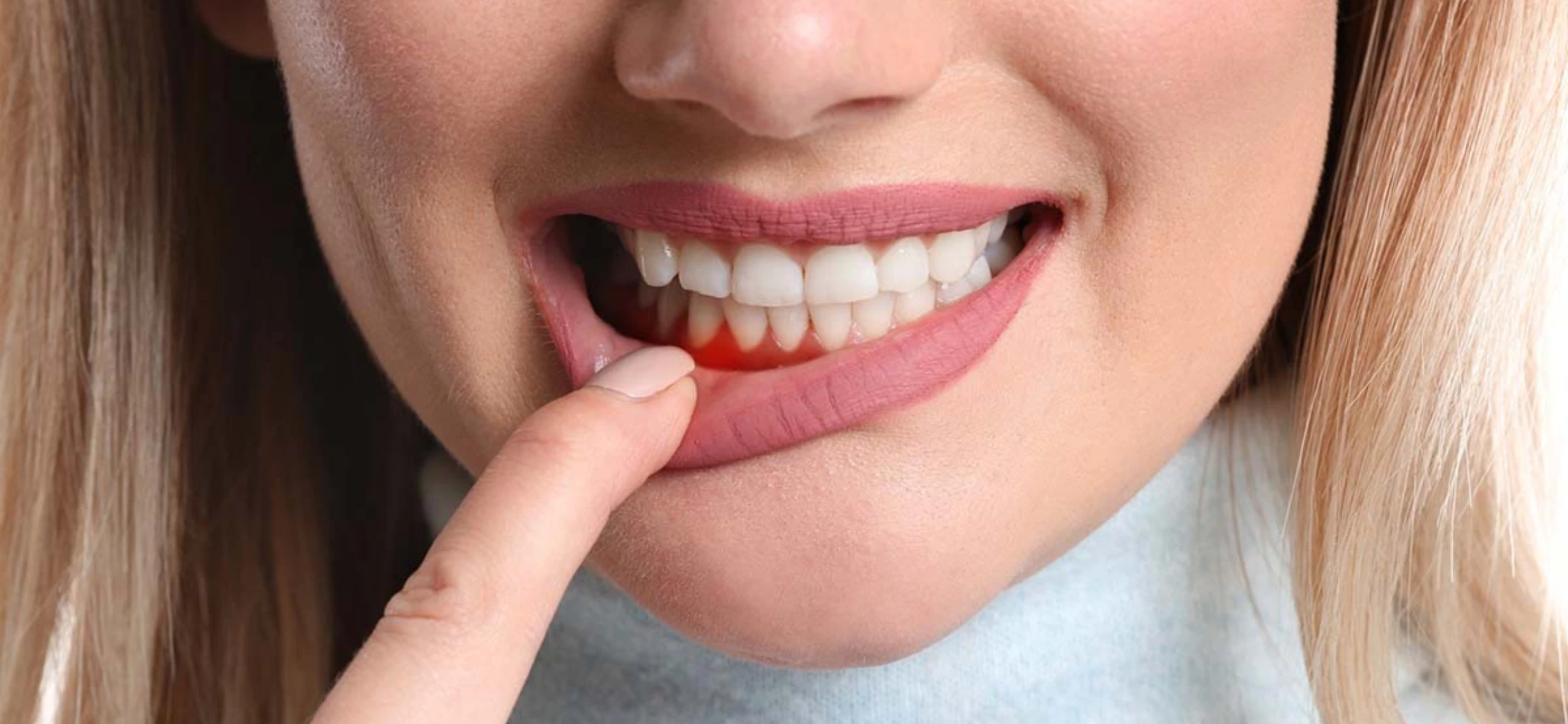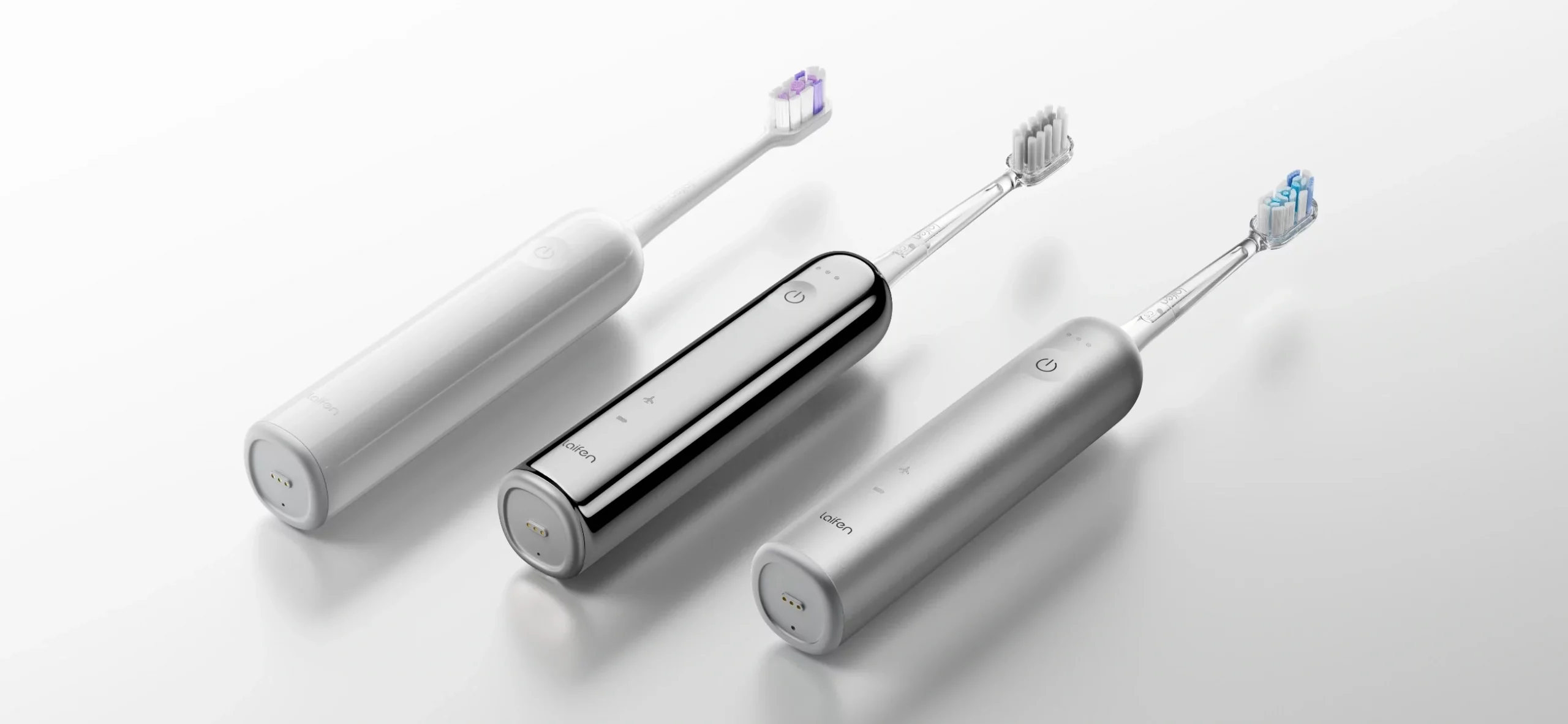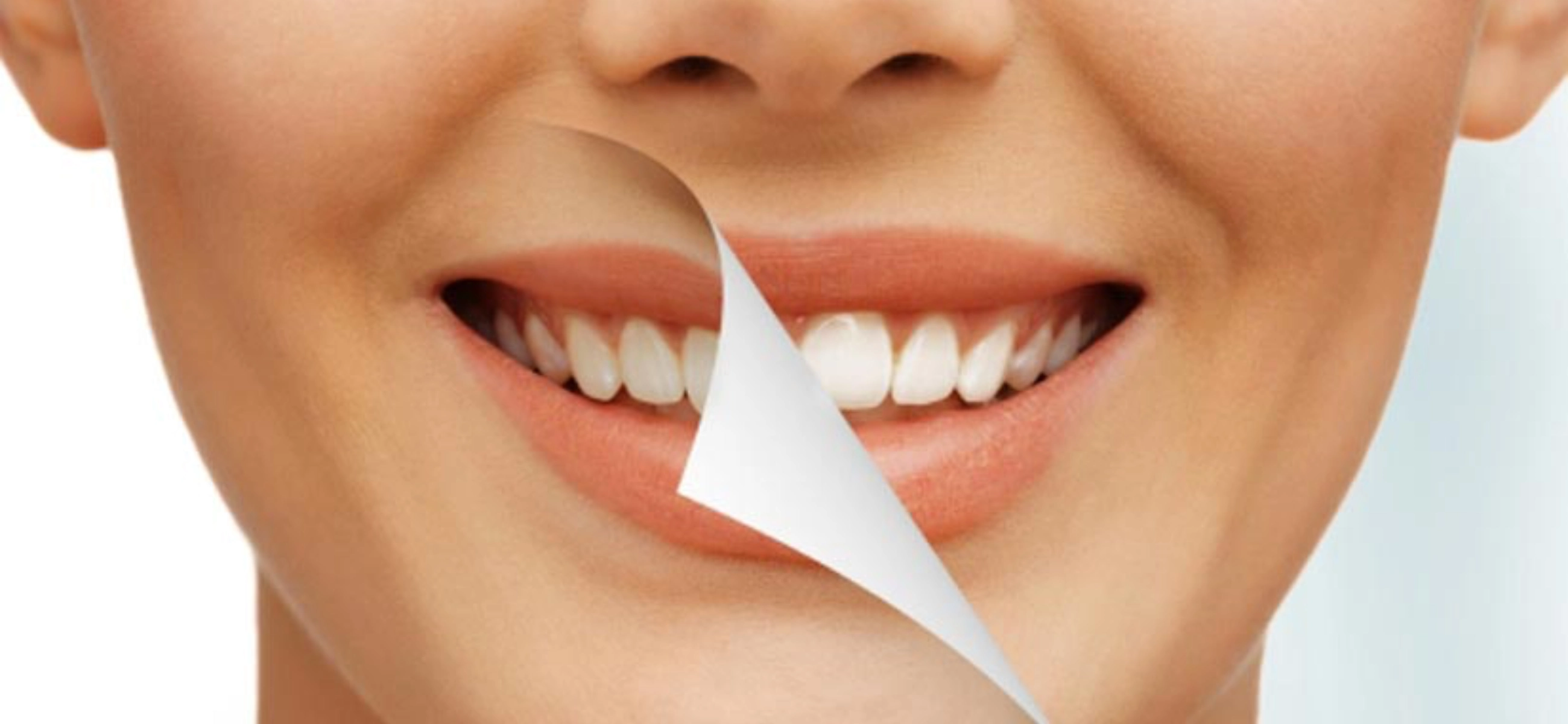Gingivitis affects over 40% of the population of people over 30, highlighting just how significant this dental issue is. It’s essentially an infection of your gums, which is caused by a build-up of plaque or tartar, which come from poor dental hygiene practices.
The good news is that gingivitis isn’t particularly serious, and provided that you take the right steps, you can treat it easily and quickly.
So, with that in mind, join us as we explain what gingivitis is and what causes it. You can also discover the steps you need to take to treat your swollen gums before they become any worse.
What is gingivitis?
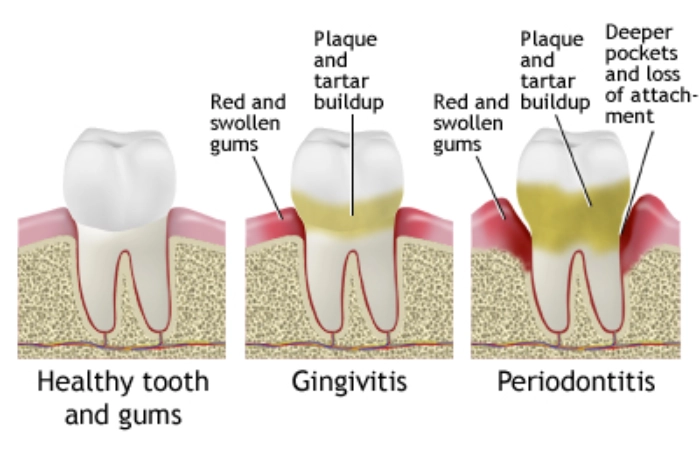
Gingivitis, also known as gum disease, occurs due to a bacterial infection in the gums. It’s most commonly caused by an overgrowth of plaque, which stems from poor dental hygiene. That said, other viral or fungal infections can also cause gum disease, and it’s not always a result of plaque. It’s different from inner teeth health problems like dental caries.
If left untreated for a sustained period of time, gingivitis can progress to more serious periodontitis, which is one of the leading causes of tooth loss in adults. Therefore, identifying and treating gingivitis when it occurs is important for your short and long-term dental health.
We also advocate for gingivitis prevention. In other words, brushing your teeth correctly, using an antibacterial mouthwash, and flossing daily can make a big difference to the health of your gums.
What is gingivitis caused by?
While there are numerous causes of gum disease, it typically occurs due to the growth of plaque on your teeth, as detailed below, alongside other common causes:
- Plaque: Plaque is a sticky film that covers your teeth. It’s formed from bacteria that stem from the food and drink in your diet. If you brush your teeth thoroughly every day and floss at least once daily, it should be enough to keep plaque at bay.
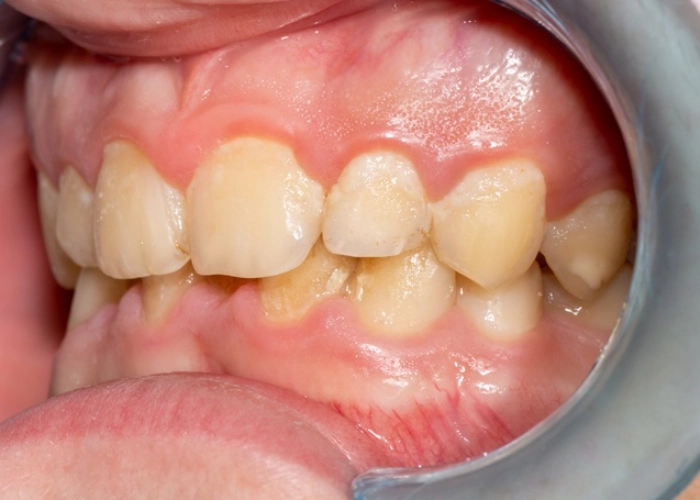
- Tartar: If you don’t remove plaque from your teeth, it can harden. When this happens, plaque becomes known as tartar. The tartar collects bacteria and can cause a gumline infection. It’s much more difficult to remove than plaque, and you will need to visit the dentist or dental hygienist to have your teeth professionally cleaned.
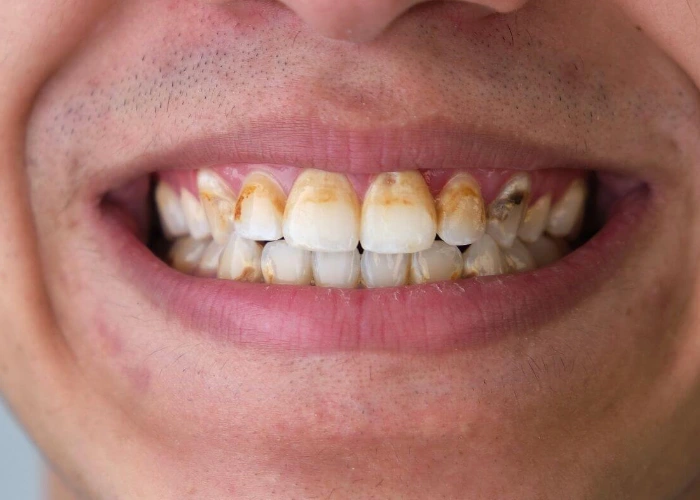
- Swollen or infected gums: The gingiva is located around the base of your teeth, forming part of the gum. When plaque and tartar remain on the gingiva, they cause it to swell. Equally, if your gingiva becomes infected by fungus or bacteria, it can also cause gingivitis.
When to see a dentist?
Gingivitis is relatively easy to diagnose. If you feel inflammation in your gums when brushing your teeth, which often manifests as a burning sensation, they are probably infected. Moreover, when you look in the mirror and notice that your gums are red and swollen, this is another sign of gingivitis.
In this case, we recommend booking an appointment with your dentist. If tartar has formed on your teeth and caused the gums to swell, your dentist will remove it by performing a deep cleaning of your teeth. Once the teeth have been cleaned and the tartar removed, the swelling of the gingiva will reduce.
Your dentist will then offer advice on how to prevent gingivitis from occurring again in the future, which is likely to revolve around the use of the best oral hygiene products and an improvement in the way you brush and floss each day.
What is the best treatment for gingivitis?
If you have gingivitis, the best and quickest treatment is to visit your dentist. In most cases, the dentist will remove any plaque and tartar from your teeth within an hour and send you on your way. This will likely prevent periodontitis and means you don’t have to worry about long-term damage to your teeth and gums.
However, preventing gingivitis from happening in the first place is a much better course of action. Below are some questions to think about to improve your dental hygiene:
What is the best mouthwash for gingivitis?
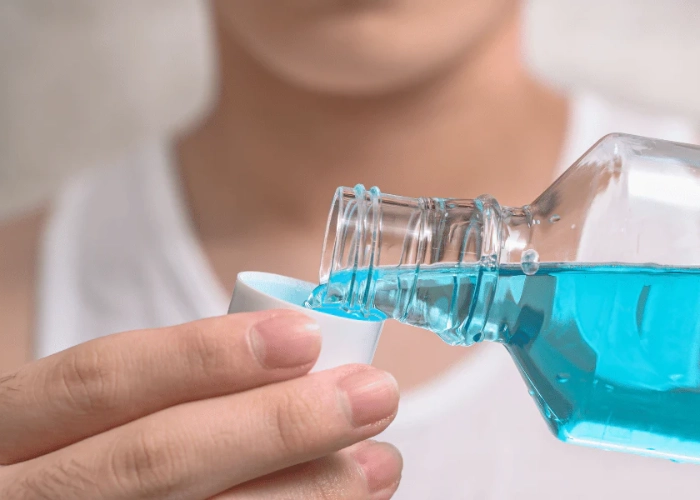
Antibacterial mouthwash plays a big role in preventing the onset of gingivitis, as it’s often caused by a build-up of bacteria in and around the gum line. Therefore, we recommend buying a high-quality antibacterial mouthwash that you can use twice daily. Get into the habit of taking the mouthwash after brushing your teeth, once in the morning and once at night. This is your best defense against the build-up of plaque in your mouth.
What toothpaste is good for gingivitis?
Provided that you use toothpaste from an accredited dental brand, it doesn’t make a great deal of difference which type of paste you use. That said if your gums are inflamed, switching to toothpaste for sensitive teeth and gums can help to alleviate some of the discomfort that you feel. The key is to brush at least twice daily, preferably after your two main meals, to keep plaque at bay.
What’s the best toothbrush for gingivitis?
The toothbrush you use can make a big difference to your dental health, and your choice can help prevent gingivitis. An electric toothbrush is a much better option than a manual brush, as it is much more effective at removing plaque from your teeth.
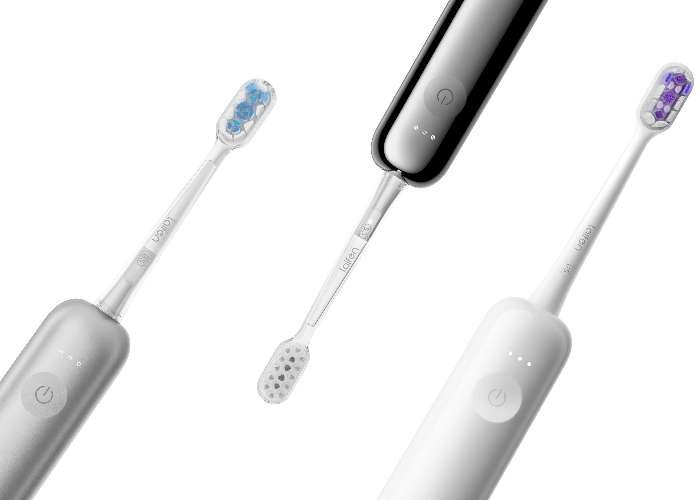
For instance, the Laifen Wave is a groundbreaking electric toothbrush that simultaneously vibrates and oscillates to clean your teeth efficiently and effectively. It also maintains consistent brushing force at all times, which is helpful when covering all areas of your teeth and gums.
When you switch to the Laifen Wave best electric toothbrush for braces and clean your teeth twice daily, you will notice a significant improvement in gum health. At the same time, floss to remove food particles from between your teeth and always use an antibacterial mouthwash.
What is the best antibiotic for gingivitis?
Your dentist might recommend an antibiotic if your gum disease is caused by a bacterial infection, but it’s not always necessary. If you are given an antibiotic, take it in line with your dentist’s recommendation until the infection clears up.
Final words
Gingivitis can be painful or uncomfortable, but it’s not as serious as it may sound. In fact, gingivitis affects many adults every year, and provided that you get it treated in time, it shouldn’t cause any lasting damage to your teeth.
The fastest way to cure gingivitis is to schedule an appointment with your dentist. They will assess the swelling and remove any plaque and tartar from your teeth. Then, they will advise you on the steps to take to prevent gingivitis from occurring in the future.
Also, and as shown above, using the best electric toothbrush and an antibacterial mouthwash daily can help to prevent gingivitis and will keep your teeth and gums healthy.
FAQs
Q1: What is a gingival abscess?
There are five types of dental abscesses, and a gingival abscess is one of them. It’s caused by a bacterial infection, and it sits on your gum. It can be extremely painful, and you will need to get it drained and treated by a dentist to prevent further issues.
Q2: What is a gingival recession?
Gingival recession is better known as gum recession. This occurs when the tissue pulls away from your teeth, exposing the roots. It’s not the same as gingivitis. One of the main causes of gingival recession is smoking, but other lifestyle factors can cause it. Early treatment is important to prevent infection of the roots.
Q3: What is gingival hypertrophy?
Gingival hypertrophy is also known as hyperplasia or enlargement, and it results from an abnormal growth of one’s gingival tissues. It tends to be a symptom of poor oral hygiene but it can also be a side effect of using numerous medications.
What is gingival grafting?
Gingival grafting is a form of gum surgery that may be required to treat gum recession. The treatment requires the dentist to transfer some tissue from one area of your mouth to the gum. There are numerous types of gingival grafting, but it’s a relatively straightforward procedure with an impressive success rate.
Q4: What is gingival irrigation?
Gingival irrigation is a procedure that injects antimicrobial solutions into the pockets surrounding your teeth. It’s an effective way for dentists to flush out bacterial infections and is a treatment option for people with periodontal disease.

